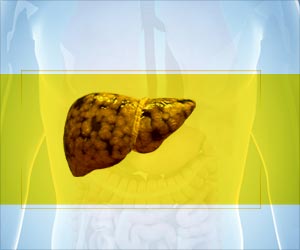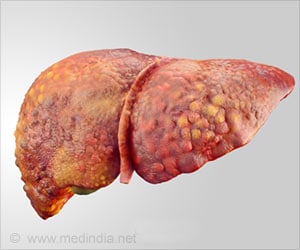In chronic pain, risks for painkiller abuse do not outweigh benefits, says a new research led by an Indian-origin scientist.
New research led by an Indian-origin scientist says that the risks of painkiller abuse are far greater than any benefits conferred by them in chronic pain.
Contrary to widespread beliefs, less than 3 percent of patients with no history of drug abuse who are prescribed opioids for chronic pain will show signs of possible drug abuse or dependence, says the latest research.In his plenary session address, Srinivasa Raja, MD, professor of anesthesiology, Johns Hopkins University Medical School, urged clinicians and policy makers not to allow the small percentage of abused pain prescriptions to prevent legitimate pain patients from getting the care they need.
"Physicians today face a dilemma in trying to balance the needs of their patients with demands from society for better control of opioid medications. We also are dealing with unfounded accusations in the media that increased prescribing of opioids for severe chronic pain is responsible in large part for reported upswings in the abuse of pain medications," said Raja.
"We do need stronger evidence about which patients will benefit most from these medications to help make better prescribing decisions," he added.
Raja said: "But for most chronic pain patients, drugs are not the sole solution. More and more studies are showing that multi-faceted treatment involving physical and cognitive-behavioural therapies and appropriate interventional strategies lead to the most favourable outcomes."
According to Raja, the problem of prescription drug abuse can best be attacked and hopefully solved through collaborations involving caregivers, regulatory and law enforcement agencies and the pharmaceutical industry.
Advertisement
"Also, we must monitor patients carefully to determine when doses can be lowered over time as they improve their pain control and overall functioning," he added.
Advertisement
"There are novel analgesic formulations in various stages of development that we hope can be prioritised and expedited for clinical use," he said.
Source-ANI
RAS/L








